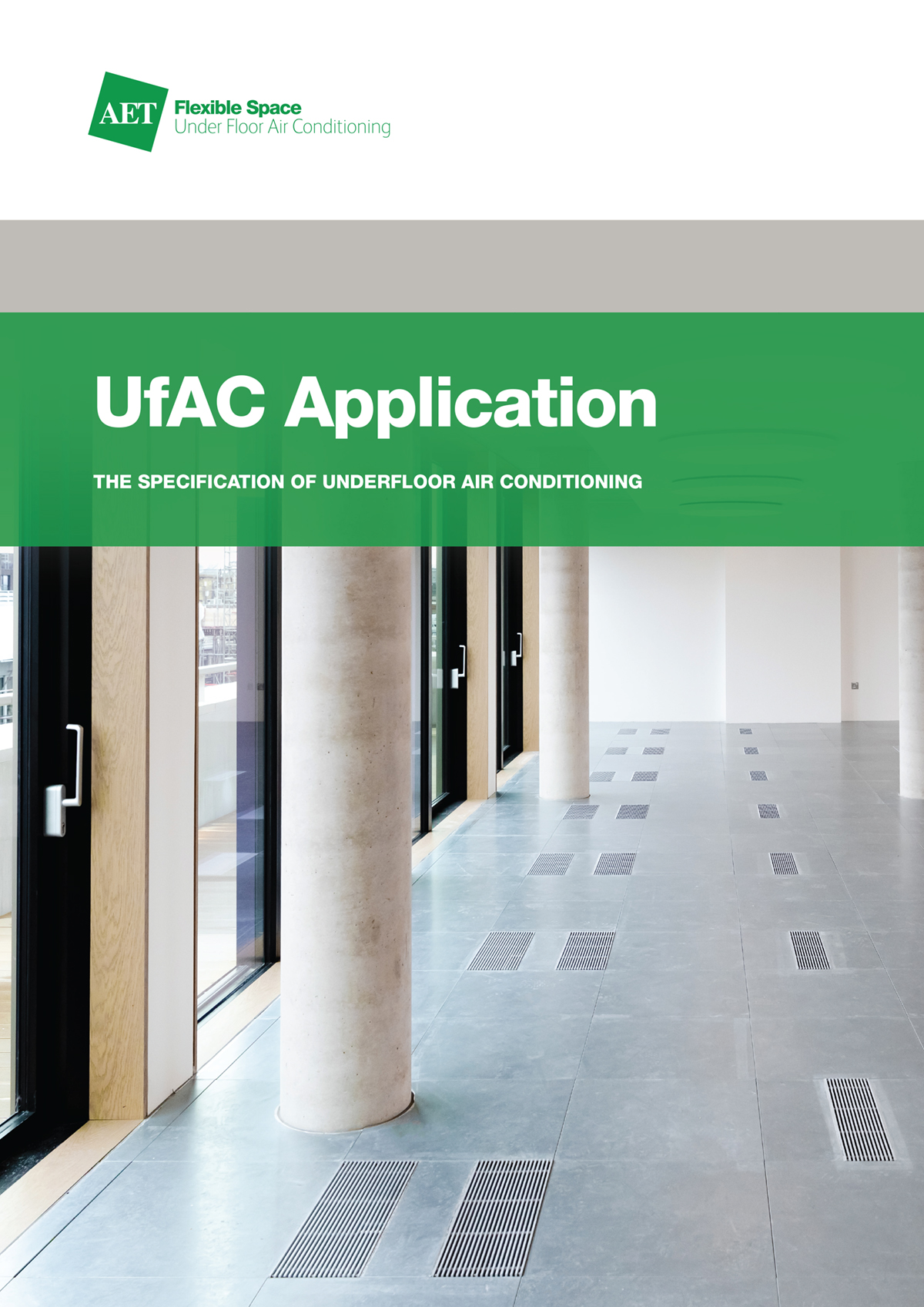Underfloor air conditioning (UfAC) systems make use of the space beneath a raised access floor to create the air ventilation zone
They offer a number of benefits, from height savings in new build construction and increased headroom in refurbishment projects to energy savings, flexibility in fit-out, sustainability in terms of reduced churn costs and material waste, and healthier workspaces through excellent air quality.
This ebook from AET Flexible Space offers a detailed look at UfAC, discussing the concept behind the systems, examining the different configurations available and how they can be incorporated into both new buildings and refurbishment projects, including those with height restrictions and large, open plan spaces.
It also examines the key considerations when looking at system design, including the importance of incorporating UfAC early in the design phase.
In addition, the ebook covers correct zoning, which is crucial to getting the right temperature and humidity conditions, maintaining air circulation and ensuring economical performance.
There is detailed guidance on heating and cooling load calculations, zone unit positioning and enclosures, baseframe configuration, fantile airflow and positioning, ventilation and the raised access floor system.
Control is key to all of this and there are a number of options for Flexible Space UfAC systems. CAMs and fantiles can work independently or connected in a network.
Wall-mounted, touchscreen remote controllers are available for fantiles, allowing for adjustment of fan speed and temperature, as well as measuring CO2 and humidity. Software is also available for independent remote monitoring and supervision.
Finally, the ebook features a range of case studies looking at underfloor air conditioning systems installations both in the UK and abroad, from the refurb of the historic 8 Waterloo Place in London and the redevelopment of the former press centre at the 2012 Olympic Park in Stratford by architect Grimshaw into a “mini-city” aimed at media and tech start-ups through to the Parkview Green building in Beijing, China.



